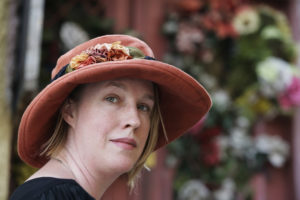Because we’d never been to the southern hemisphere we decided to travel to Argentina and Chile. We’ve been in Buenos Aires since Thursday, long enough to have a sense of where we are in the city, to travel the buses and subways, make dumb mistakes, and receive lots of friendly assistance.
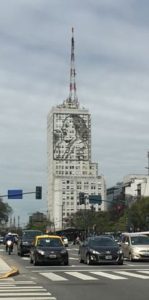 The streets here throng with people, and the many, many cafes seem always full of people talking over a cup of espresso or cappuccino. There is a very rushed, chaotic feeling to the streets which are crammed with taxis, busses, motorcycles, bicycles and pedestrians.
The streets here throng with people, and the many, many cafes seem always full of people talking over a cup of espresso or cappuccino. There is a very rushed, chaotic feeling to the streets which are crammed with taxis, busses, motorcycles, bicycles and pedestrians.
The big boulevards have special bus lanes, and bus service is great except at rush hour, when lines are ridiculously long, and the crush is exhausting. The pedestrians jaywalk like New Yorkers, watching traffic, not lights, and the drivers only yield right-of-way when they have to. As for the motorcyclists, they really seem to be continually risking their life. But people seem genuinely cheerful, if always hurrying.
A friend who lives in Northern Argentina told me he had turned down a prestigious job in Buenos Aires because life is too pressured in the city–too hard a place to raise a family. As a vacation destination, though, it’s fun.
Pizza is the hamburger of Buenos Aires, it seems like there is a pizza place every other block, and it’s a crispy, very thick crust version. We went to the “Best Pizza in the World,” at Pizza Guerrin, in business since 1932. Lively and delicious.
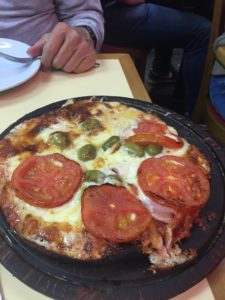
 A chain we’ve seen all over is called Kentucky Pizza. But of course we haven’t tried it.
A chain we’ve seen all over is called Kentucky Pizza. But of course we haven’t tried it.
We’ve had one fabulous meal that I found through a site that offers private dinners–sort of pop up restaurants all over the world. This one was a very intimate, organic, farm to table restaurant that we went to by taxi. Continue reading “Buenos Aires” →
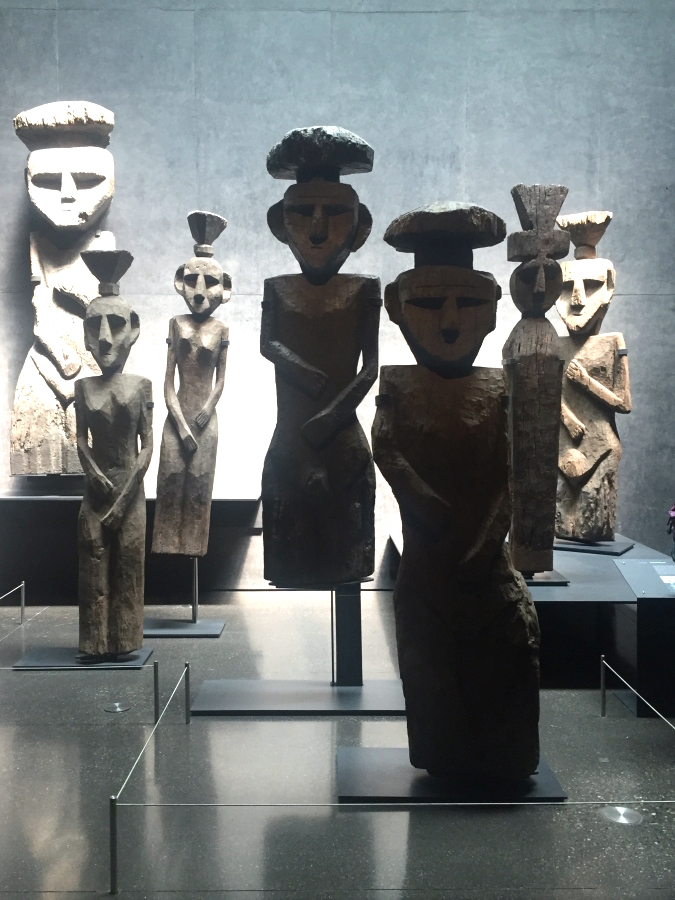 They are supposed to reflect the spirit of the departed, and provide a very eerie introduction to the pots and fabrics and other ancient artifacts.
They are supposed to reflect the spirit of the departed, and provide a very eerie introduction to the pots and fabrics and other ancient artifacts.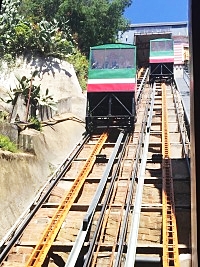 It’s motorized, of course, but the two cars are also counterweights to each other, with a cable that rolls over a giant wheel at the top.
It’s motorized, of course, but the two cars are also counterweights to each other, with a cable that rolls over a giant wheel at the top.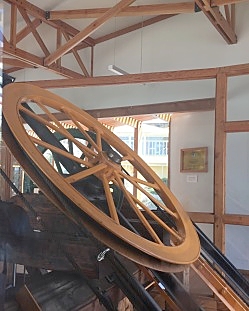 Riding it was only a little scary, and one time when we went up, one of the stray dogs joined us.
Riding it was only a little scary, and one time when we went up, one of the stray dogs joined us.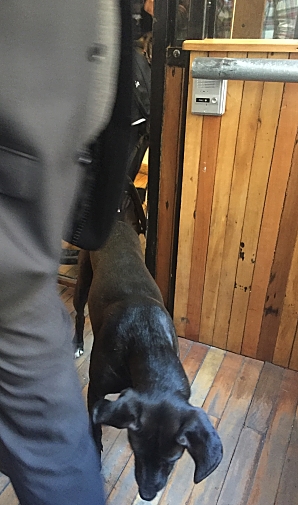 At the top, he hopped off and went on his way.
At the top, he hopped off and went on his way.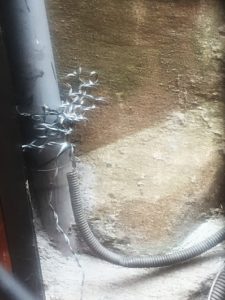
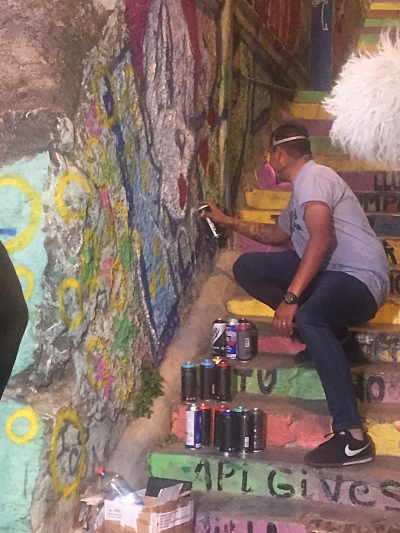 We got to see the finished image the next day.
We got to see the finished image the next day.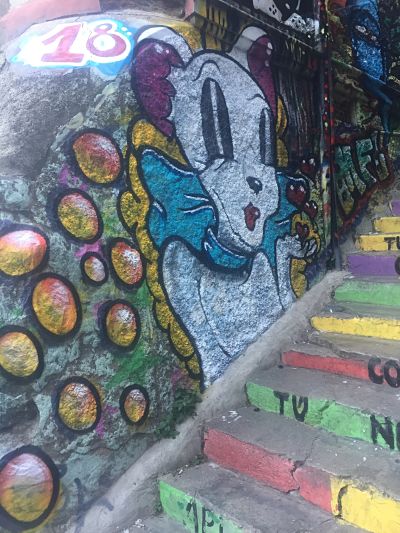
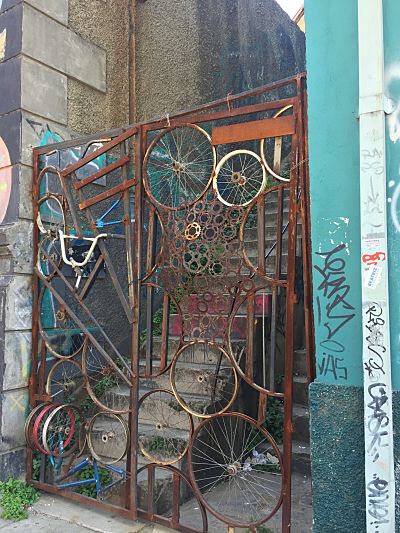
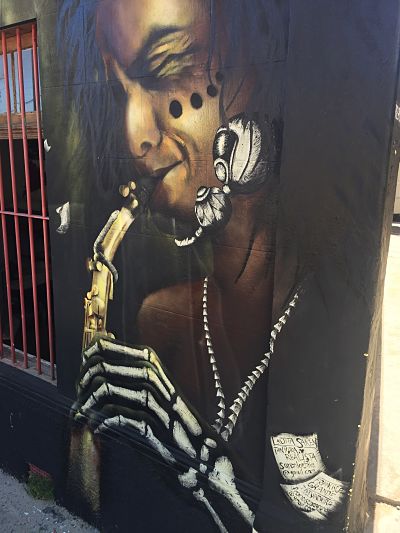
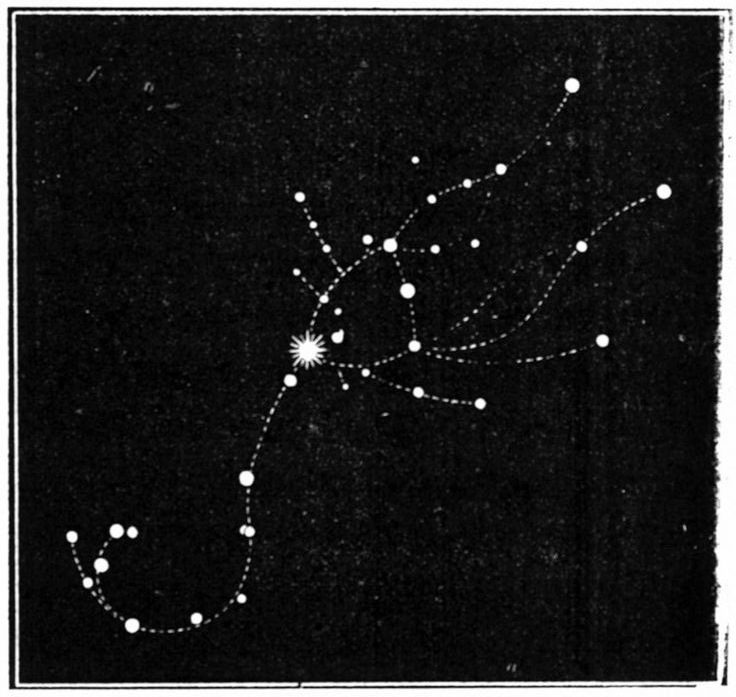
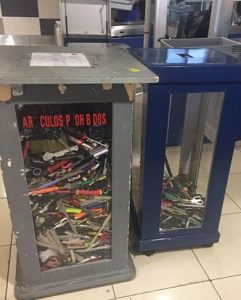 I understand most of the stuff, scissors, Swiss Army knives, kitchen knives, the odd corkscrew or fork. But who travels with wire cutters, I wonder.
I understand most of the stuff, scissors, Swiss Army knives, kitchen knives, the odd corkscrew or fork. But who travels with wire cutters, I wonder. A book swap stand by the gate also caught my eye.
A book swap stand by the gate also caught my eye.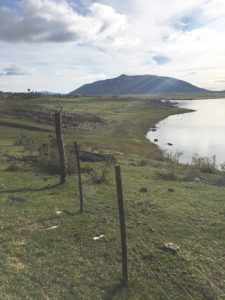
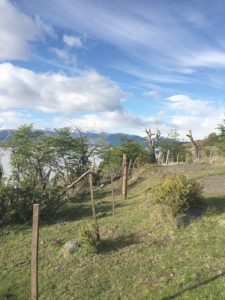 The gorse-like bush at the edge of the photo with the yellow flowers is called el calafate, and despite its thorns, its berries are picked for jam and liquor, makeup and whatever else the industrious population can think to make of them.
The gorse-like bush at the edge of the photo with the yellow flowers is called el calafate, and despite its thorns, its berries are picked for jam and liquor, makeup and whatever else the industrious population can think to make of them.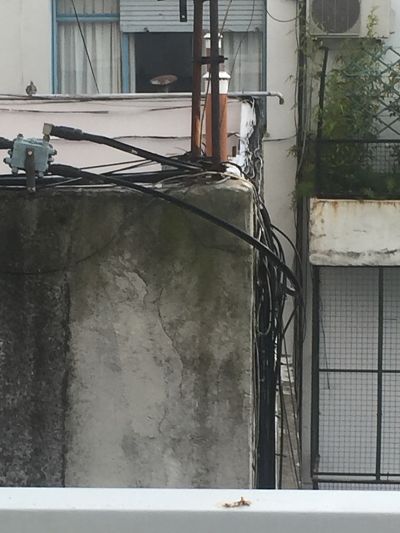
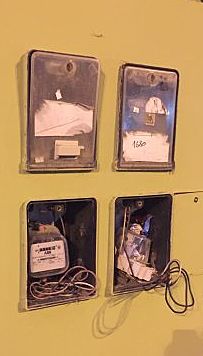
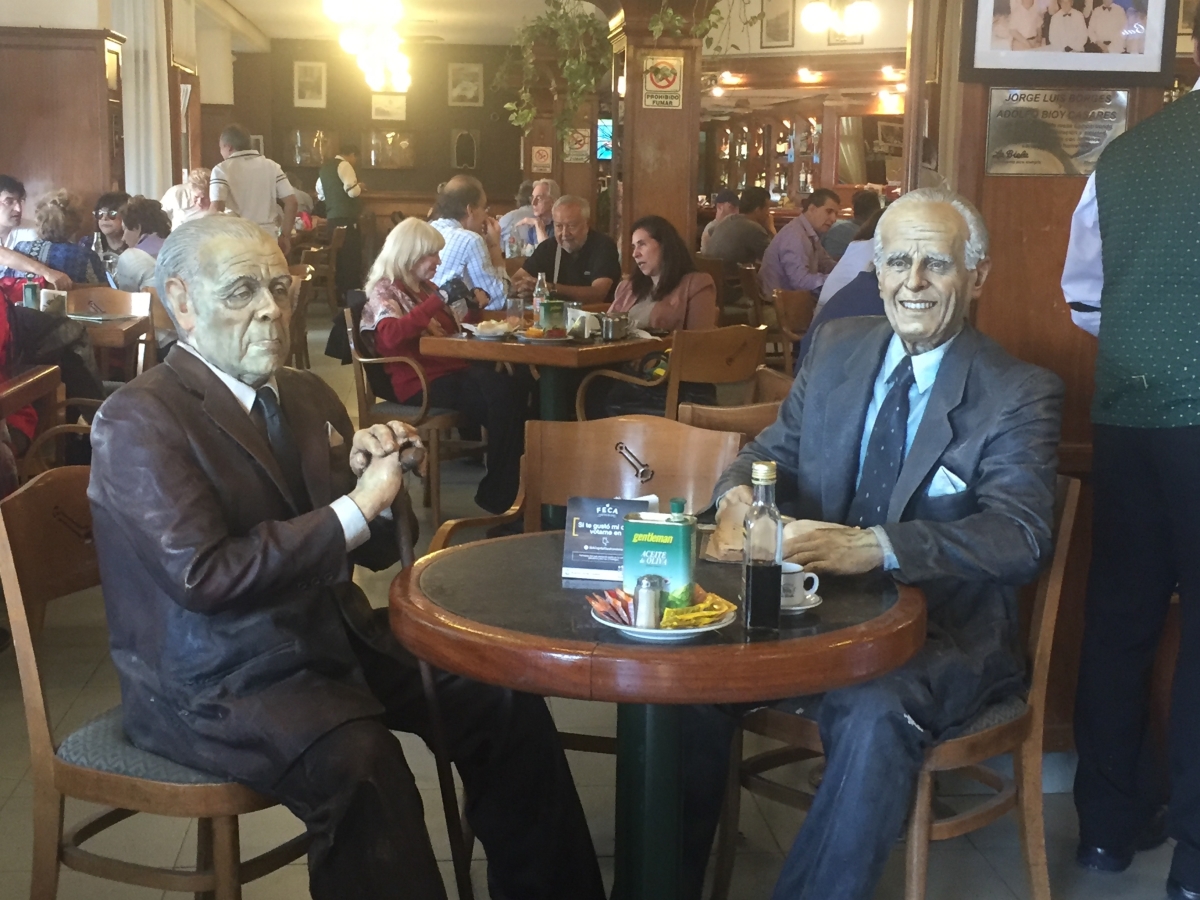 After that, we decided to eat in the outdoor area under the shade of a huge banyan tree. The park by the cafe was filled with vendors, strolling families, musicians and a vendor ingeniously displaying his feather dusters.
After that, we decided to eat in the outdoor area under the shade of a huge banyan tree. The park by the cafe was filled with vendors, strolling families, musicians and a vendor ingeniously displaying his feather dusters. 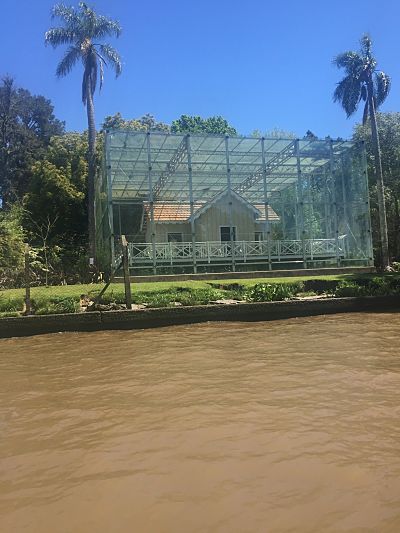
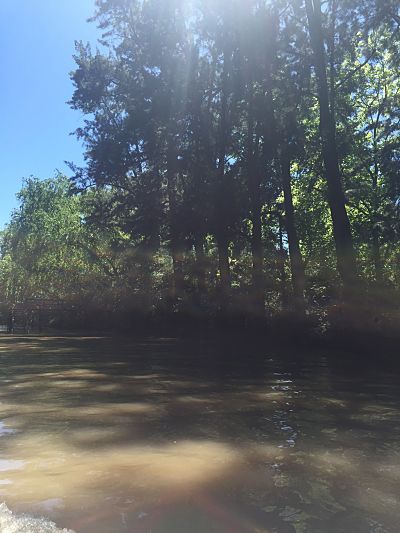
 The streets here throng with people, and the many, many cafes seem always full of people talking over a cup of espresso or cappuccino. There is a very rushed, chaotic feeling to the streets which are crammed with taxis, busses, motorcycles, bicycles and pedestrians.
The streets here throng with people, and the many, many cafes seem always full of people talking over a cup of espresso or cappuccino. There is a very rushed, chaotic feeling to the streets which are crammed with taxis, busses, motorcycles, bicycles and pedestrians.
 A chain we’ve seen all over is called Kentucky Pizza. But of course we haven’t tried it.
A chain we’ve seen all over is called Kentucky Pizza. But of course we haven’t tried it.